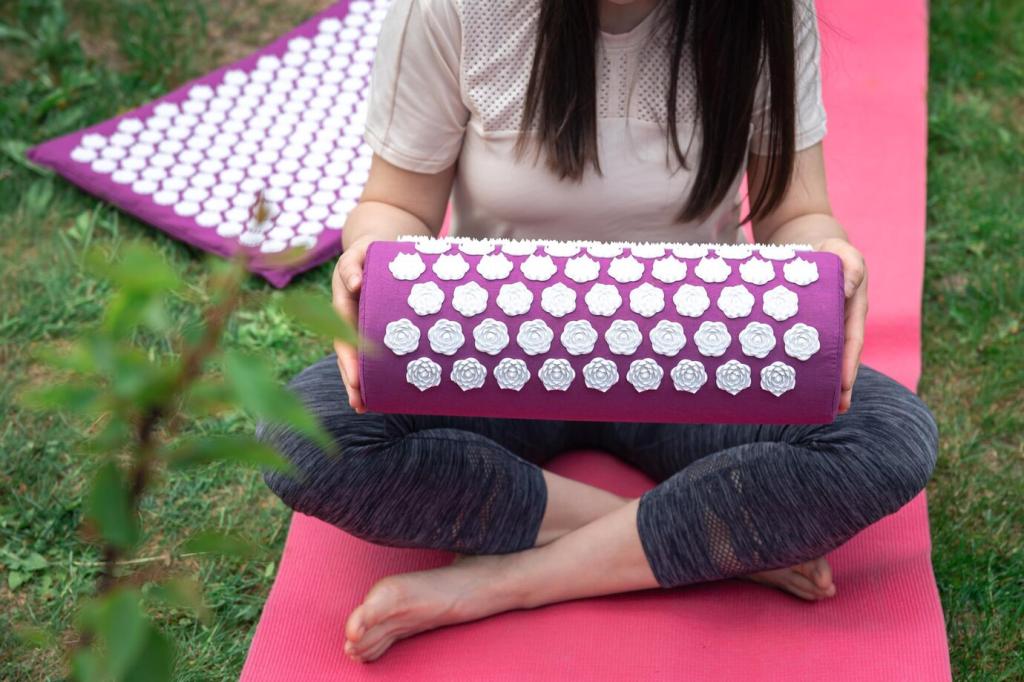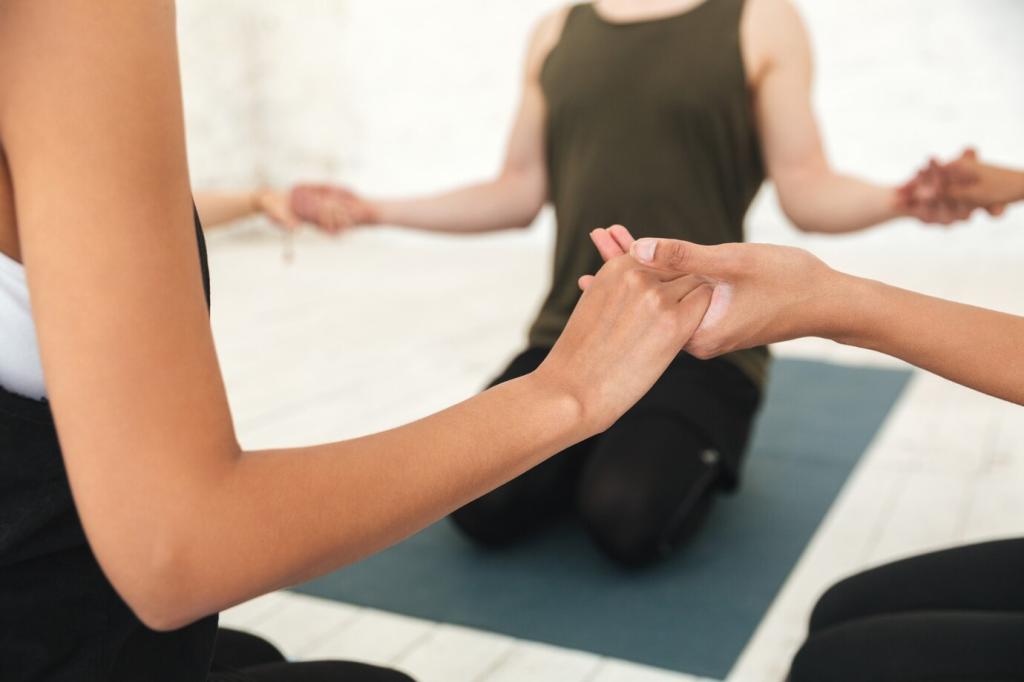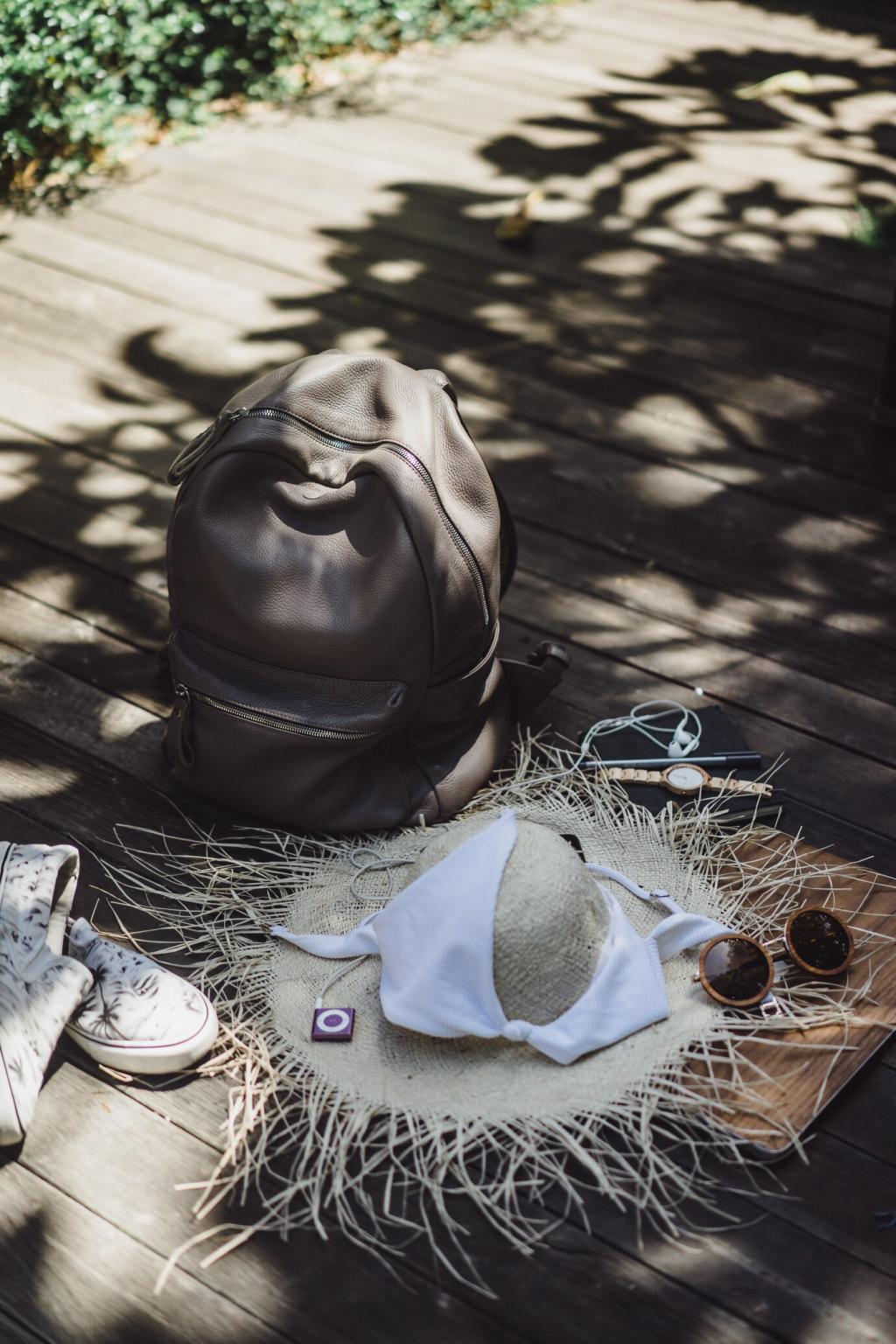Breathe Ease: Visualization Meditation for Stress Reduction
Chosen theme: Visualization Meditation for Stress Reduction. Welcome to your calm corner, where vivid inner images soften tension, restore balance, and make serenity feel personal and practical. Settle in, imagine freely, and subscribe to continue exploring stress relief that starts with your mind’s eye.
Why Visualization Soothes Stress
When you visualize calming scenes, your brain often lowers activity in stress circuits while engaging areas linked to memory and sensory detail. This shift invites parasympathetic recovery, slowing heart rate and easing muscle tension, which can make daily stressors feel more manageable.

Crafting Your Calm Scene
Pick a place that feels safe and restorative: a mountain meadow, a sunrise beach, or a sunlit kitchen table. Anchor it with three sensory cues you love—temperature, scent, and sound—so your mind returns there quickly when tension rises unexpectedly.
Imagine a soothing color—cool blue, warm gold, or gentle green—pouring over you like soft light. Let it pool around tight muscles, then move slowly downward. Assign each color a quality, like steadiness or warmth, to help your body recognize and embody that feeling.
Techniques to Deepen Visualization
Picture a path illuminated by small lanterns, each representing a supportive thought. Walk slowly, pausing at each glow to breathe out tension. The repeating rhythm of steps and lights trains focus, guiding your mind away from worry and toward steadier self-trust.
Techniques to Deepen Visualization
Micro-Visualizations for Busy Days
Sixty-Second Desk Reset
Close your eyes and picture a small garden pond. Inhale as a ripple expands, exhale as it settles into stillness. Repeat for five breaths. The tiny ritual nudges your nervous system toward equilibrium, helpful between emails or before an intense conversation.
Pre-Meeting Grounding
Visualize placing your worries into a backpack and setting it beside the door. Step into the room lighter, with a quiet, steady posture. This deliberate image helps your body mirror the feeling of readiness, improving focus and easing anticipatory stress naturally.
Evening Unwind Scene
Picture a soft-lit room with a favorite blanket and the smell of chamomile. Each exhale dims the lights slightly, signaling bedtime. As tension drops, your mind associates the scene with rest, making it easier to drift to sleep without endless reruns of the day.
Working Through Common Challenges
“I Don’t See Images Clearly”
Use other senses: feel the warmth on your skin, hear the rustle of leaves, or sense a gentle sway. Some people think in words or textures; that still counts. Consistency builds familiarity, and your brain learns to fill in images from these sensory anchors.
Restless Mind or Distraction
Welcome interruptions as signals to return. Label a thought “cloud,” then re-engage your scene with one new detail. Framing distractions as part of the practice reduces frustration, letting calm return faster and making your routine more resilient during stressful days.
Time and Habit Barriers
Pair visualization with existing routines: your first coffee, a commute stoplight, or a nightly toothbrushing timer. Short, reliable cues beat long, occasional sessions. Share your favorite cue in the comments and inspire others building stress-proof habits this season.

Track Progress and Stay Engaged
Before and after each session, rate stress from one to ten and note one body cue, like jaw tightness. Over two weeks, patterns emerge, proving to your brain that visualization genuinely helps, which strengthens motivation when schedules get crowded and challenging.
Track Progress and Stay Engaged
Tie your practice to something you already love, like a favorite playlist or a warm mug. Keep it simple and celebratory, not punitive. Small rewards teach your nervous system to anticipate relief, making visualization meditation a dependable refuge throughout your routine.


